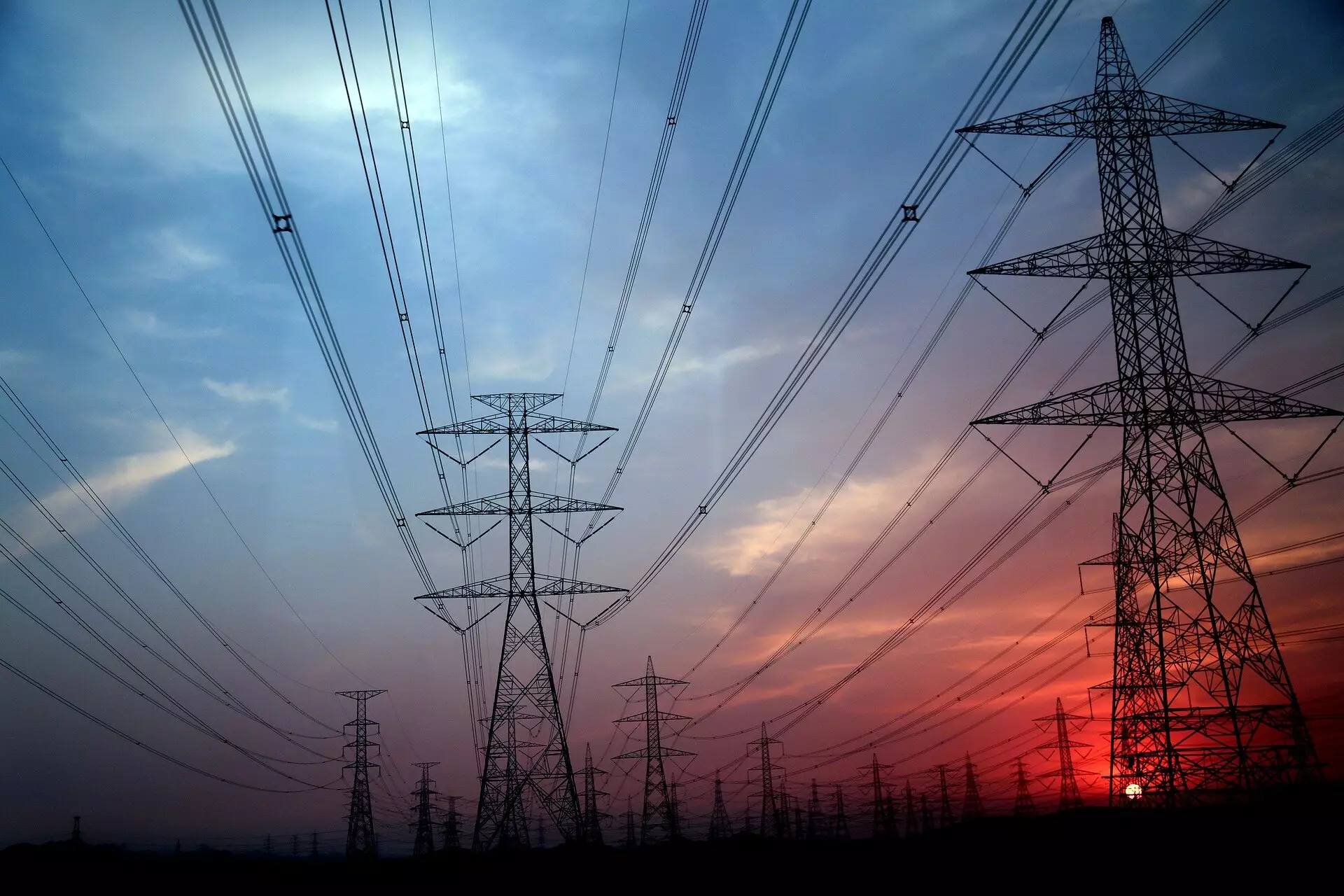The energy sector is undergoing a profound transformation. With escalating concerns surrounding climate change and the need for sustainable energy solutions, the competition between gas and electric utilities is intensifying. This dynamic has been propelled by policies aimed at promoting renewable energy and reducing dependence on fossil fuels. Scholars from Stanford University and the University of Notre Dame argue that the regulatory frameworks governing these utilities must evolve in response to this competition, which is becoming increasingly evident in the transition towards zero-carbon buildings.
The white paper produced by the Climate and Energy Policy Program at the Stanford Woods Institute for the Environment highlights the urgent need for a coordinated approach to energy regulation. Utilities that have historically operated in isolation are now clashing in a landscape where consumers seek cleaner, more efficient energy. The implications of this collision are significant, necessitating a new regulatory paradigm.
Utility regulators face a daunting task as they aim to balance climate objectives, safety concerns, and equity. The paper co-author Joshua Lappen emphasizes the importance of acknowledging the competitive landscape between gas and electric utilities. Instead of maintaining separate regulatory conventions, it is crucial to recognize synergies and devise frameworks that promote integrated planning. This holistic strategy would not only streamline the transition to cleaner energy sources but also mitigate financial burdens on consumers.
The report advocates for the integration of planning processes across gas and electric jurisdictions, suggesting that state public utility commissions (PUCs) treat these utilities as parts of a unified energy framework. Historically, these sectors have operated in silos, but the rise of technologies such as electric heat pumps and induction stoves is blurring the lines between them. By adopting a more cohesive approach, regulators could optimize investments, reduce redundancy, and ensure equitable access to cleaner energy alternatives.
The competitive atmosphere between gas and electric utilities is exacerbated by federal initiatives, particularly the Inflation Reduction Act, which provides significant subsidies for electric appliances. As a result, gas utilities are fiercely protecting their market share, often at the expense of consumers. This competition is vital, as it drives down prices and encourages innovation. However, without coordinated regulation, it risks creating an inefficient energy economy characterized by overlapping service provision and wasted resources.
The authors of the white paper warn that without action, the ongoing rivalry could delay meaningful decarbonization efforts. Rising costs associated with maintaining two disparate utility infrastructures could lead to increased energy bills for consumers, with low-income households bearing the brunt of these expenses. Therefore, a unified regulatory framework that encourages collaboration and equitable treatment of consumers is essential for the success of energy transitions.
To navigate these challenges, the authors of the report suggest several strategies aimed at enhancing regulatory efficiency. First and foremost, PUCs should consider merging gas and electric utilities that serve the same geographical areas. This consolidation would create a single energy service provider capable of delivering both gas and electricity, streamlining operations and maximizing resources.
The potential benefits of such a merger are manifold. It would not only expedite the decarbonization process but also help safeguard the reliability of energy services. By aligning incentives across utilities, regulators could minimize the risk of stranded assets—investments that become obsolete as the energy landscape evolves. Ensuring that investments are directed towards sustainable solutions would ultimately foster a more resilient energy infrastructure.
Moreover, proactive regulation can mitigate the financial risks associated with expanding fossil fuel infrastructure, which may become increasingly untenable as society shifts towards cleaner energy sources. The implications of inaction are stark; continued investment in gas pipelines and facilities could hinder the very transition that regulators aim to facilitate.
The call for a unified approach to energy regulation is a clarion call for change in a rapidly evolving energy landscape. Co-authors Amanda Zerbe and Michael Wara underscore the urgency of re-envisioning our regulatory frameworks. As society grapples with climate challenges, it is crucial to treat gas and electric utilities as integral to a coherent energy ecosystem.
In sum, embracing a holistic regulatory strategy that fosters collaboration and efficiency among gas and electric utilities is imperative for the United States to accelerate its transition towards a decarbonized energy future. This approach not only aligns with climate goals but also prioritizes consumer interests by ensuring equitable access to sustainable energy solutions while safeguarding public safety and economic stability.


Leave a Reply